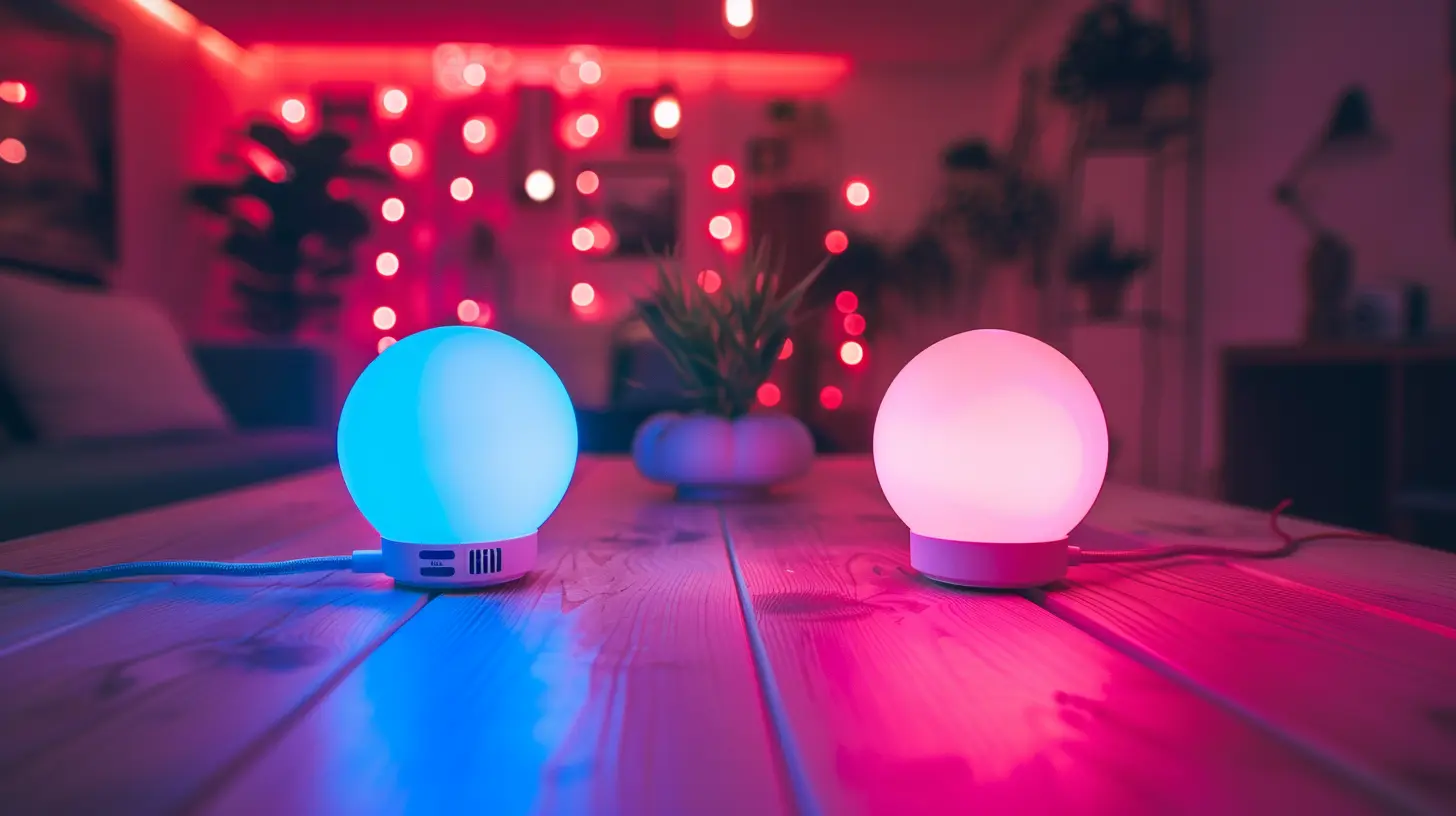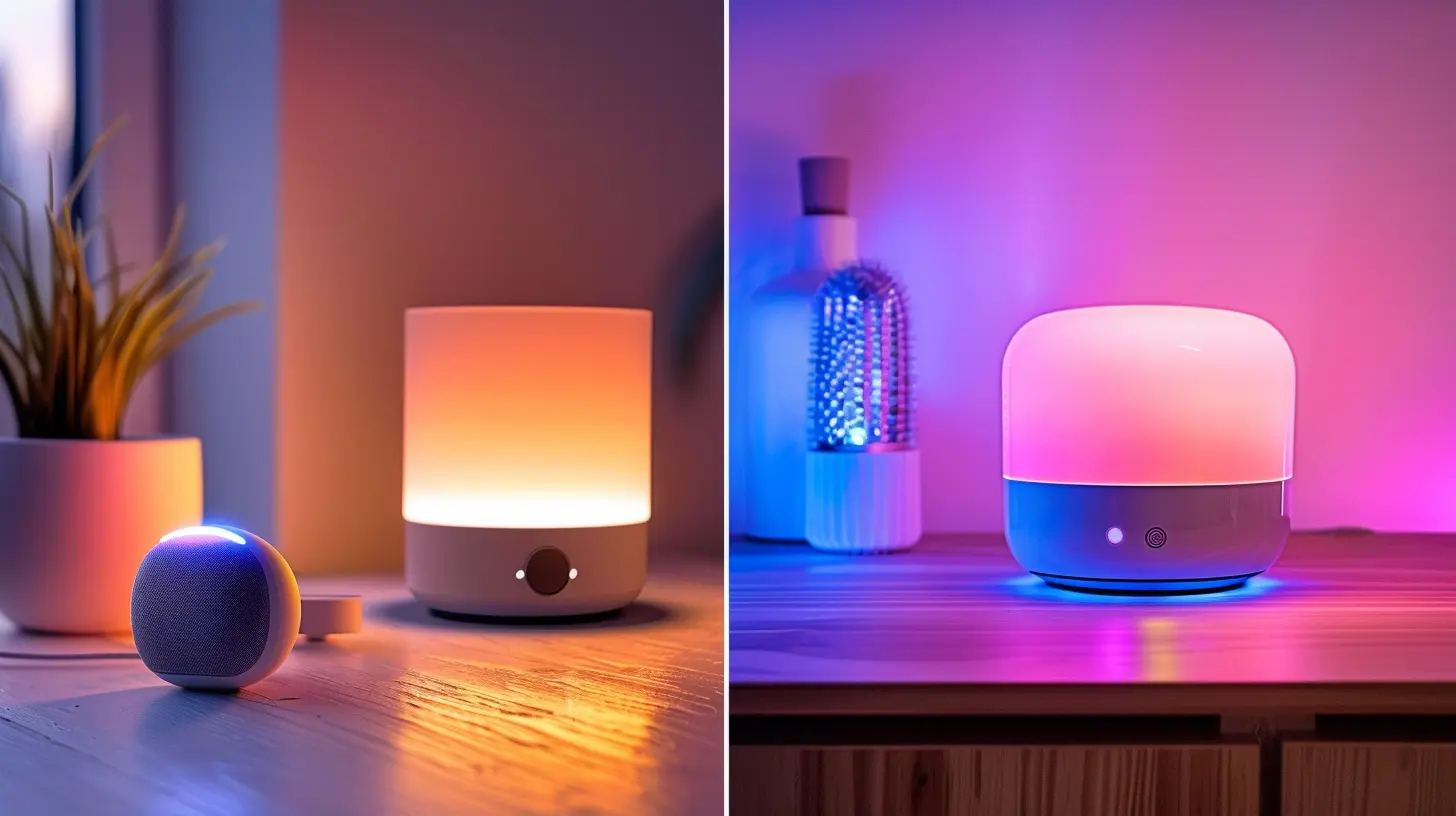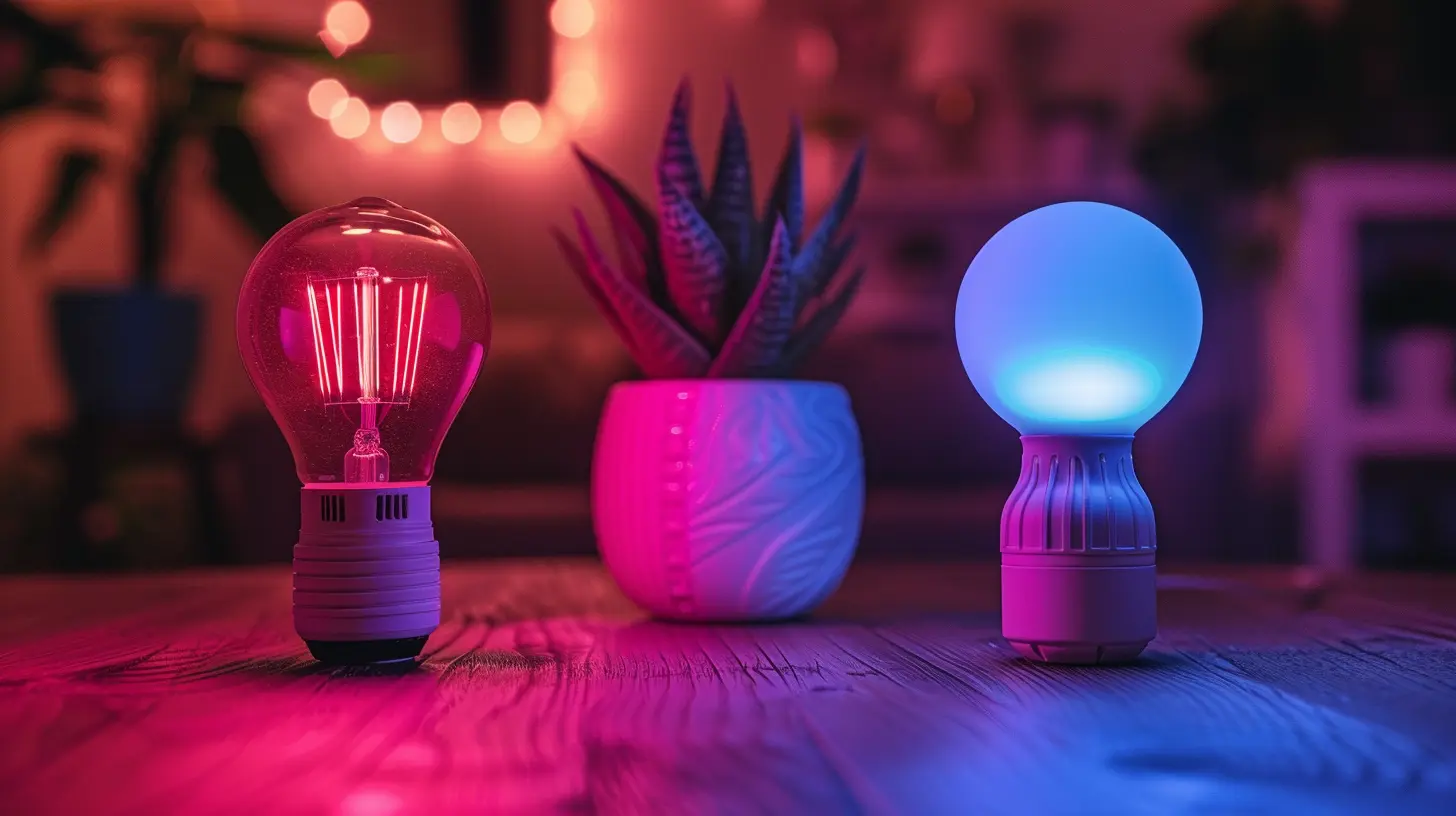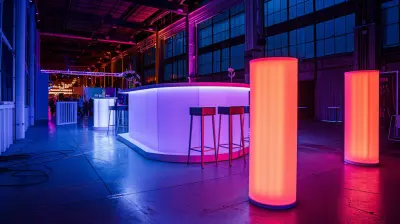Philips Hue vs. LIFX: Best Smart Lighting for Your Home
3 August 2025
So, you’ve finally decided to upgrade your old, boring light bulbs to something more… well, intelligent? Bravo! But now you’re stuck in an existential crisis—Philips Hue or LIFX? Which one will turn your home into the futuristic, voice-controlled paradise you dream of?
Don’t worry; you’re not alone. The battle between Philips Hue and LIFX has been raging for years, with each side passionately defending their chosen brand like it’s some kind of tech religion.
But fear not, dear reader. By the end of this article, you’ll have a clear winner (or maybe just more confusion—who knows?). Let’s get into the nitty-gritty and see which smart lighting system is truly worth your hard-earned cash. 
A Quick Introduction to the Contenders
Before we get into the details, let’s introduce our two fighters:Philips Hue – The Veteran
Philips Hue has been around for what feels like forever in smart home years. It’s the go-to choice for people who like reliability, a strong ecosystem, and, well… a brand name they can trust. But with great power comes great expense.LIFX – The Bright Underdog
LIFX is the rebellious younger sibling—flashier, often brighter, and without the need for an extra hub (we’ll get to that). They promise seamless Wi-Fi connectivity and claim to give Hue a run for its money.Alright, gloves off. Let’s start the real comparison. 
Installation & Setup: Who’s Easier to Get Started With?
Philips Hue: The “Please Buy Our Hub” Approach
Ah yes, Philips Hue. The Apple of smart lighting. You don’t just buy the bulbs—you also need the Philips Hue Bridge, a hub that connects all your Hue devices. Without it, your bulbs are just overpriced glass ornaments.The setup itself is fairly easy:
1. Plug in the Hue Bridge and connect it to your router.
2. Screw in the bulbs.
3. Download the Hue app and follow the instructions.
But here’s the catch: The Hue Bridge costs extra. If you’re not a fan of hubs crowding your already crowded router, that’s a definite downside.
LIFX: The “No Hub, No Hassle” Experience
Unlike Hue, LIFX bulbs connect directly to your Wi-Fi—no additional hub required. Sounds great, right? Well, mostly.The setup process is ridiculously simple:
1. Screw in the bulb.
2. Open the LIFX app.
3. Connect it to Wi-Fi.
Done! The only caveat? If your Wi-Fi router is trash, you might face some connection issues. No hub means your network does all the work, so consider that before diving headfirst into LIFX territory.
Winner: LIFX (No extra hub required. Philips, take notes.) 
Brightness & Color Quality: Who Lights Up Your Life Better?
Philips Hue: Pretty, But Not the Brightest
Hue bulbs offer great quality lighting, but they top out at around 800-1,100 lumens, depending on the model. That’s decent, but if you want to light up a room like a runway, it might not cut it.Color-wise, Philips Hue is solid. The colors are rich, and their whites are some of the best in the business. But if you’re hoping to blind your neighbors with neon purples and deep blues, you’ll want to look elsewhere.
LIFX: The Blindingly Bright Choice
LIFX doesn’t hold back on intensity. Their bulbs go up to 1,100-1,500 lumens, meaning they can practically double as a lighthouse beacon.Colors? Oh boy. They’re super vibrant. If Hue’s colors are a fine wine, LIFX is a neon-lit nightclub.
Winner: LIFX (Brighter and more vivid colors. Sorry, Hue fans.) 
App & Smart Home Integration: Whose App Won’t Make You Rage-quit?
Philips Hue: Polished and Reliable
Philips has had years to refine its app, and it shows. It’s smooth, user-friendly, and integrates effortlessly with Alexa, Google Assistant, Apple HomeKit, and even Samsung SmartThings.The only downside? Some advanced features require a subscription. Yes, Philips wants to charge you extra for dynamic scenes and automation. Classic.
LIFX: Powerful, but Slightly Quirky
The LIFX app is feature-packed, allowing for things like custom themes, scheduling, and super cool effects (like strobe lights for impromptu dance parties).However, it can sometimes feel less polished than Hue’s app. It’s not bad—it just doesn’t have that sleek, "we’ve been perfecting this forever" feel.
In terms of integration, LIFX plays nice with Alexa, Google Assistant, and Apple HomeKit. However, it lacks deep integration with some smart home systems like SmartThings.
Winner: Philips Hue (More polished and integrates better with multiple platforms.)
Longevity & Reliability: Who’s the Real MVP in the Long Run?
Philips Hue: Built Like a Tank
Hue bulbs are extremely reliable. They rarely disconnect, they last about 25,000 hours, and since they rely on Zigbee (via the Hue Bridge), they don’t clog up your Wi-Fi.If you want something that just works, Hue is the safer bet.
LIFX: Amazing, But Temperamental
LIFX bulbs also last 25,000 hours, but since they rely on Wi-Fi instead of Zigbee, they can be a mixed bag. If your Wi-Fi is rock solid, they’ll work great. If not, prepare for occasional headaches when they mysteriously go “offline.”Winner: Philips Hue (More reliable due to Zigbee connectivity.)
Pricing: How Much Will You Cry When Checking Out?
Philips Hue: Better Start Saving Now
Philips Hue is expensive. The starter kit (which includes the hub) can cost anywhere from $100-$150, and individual bulbs aren’t cheap either.Want fancy gradient lights or LED strips? Get ready to sell a kidney.
LIFX: Pricey, But No Hub Cost
LIFX bulbs are also not cheap, but since they don’t require a hub, you actually save some money in the long run.However, their LED strips and specialty bulbs can still put a dent in your wallet.
Winner: LIFX (No hub = fewer hidden costs.)
Final Verdict: Which One Should You Get?
Alright, drumroll, please…- Go for Philips Hue if: You want rock-solid reliability, better smart home ecosystem integration, and don’t mind the extra cost of a hub.
- Go for LIFX if: You want brighter, more vibrant colors, a hub-free experience, and are willing to deal with occasional Wi-Fi quirks.
Honestly? You can’t go wrong with either—it all depends on what matters most to you. If you value reliability and automation, Hue is your best bet. But if you love flashy colors and convenience, LIFX is hard to beat.
So, which side are you on? Team Hue or Team LIFX? Let the battle rage on in the comments!
all images in this post were generated using AI tools
Category:
Gadget ComparisonsAuthor:

Pierre McCord
Discussion
rate this article
1 comments
Zylith Adams
Both brands excel; choose based on ecosystem.
August 11, 2025 at 4:47 AM

Pierre McCord
Thank you! Choosing between Philips Hue and LIFX really does depend on which ecosystem best fits your needs.


